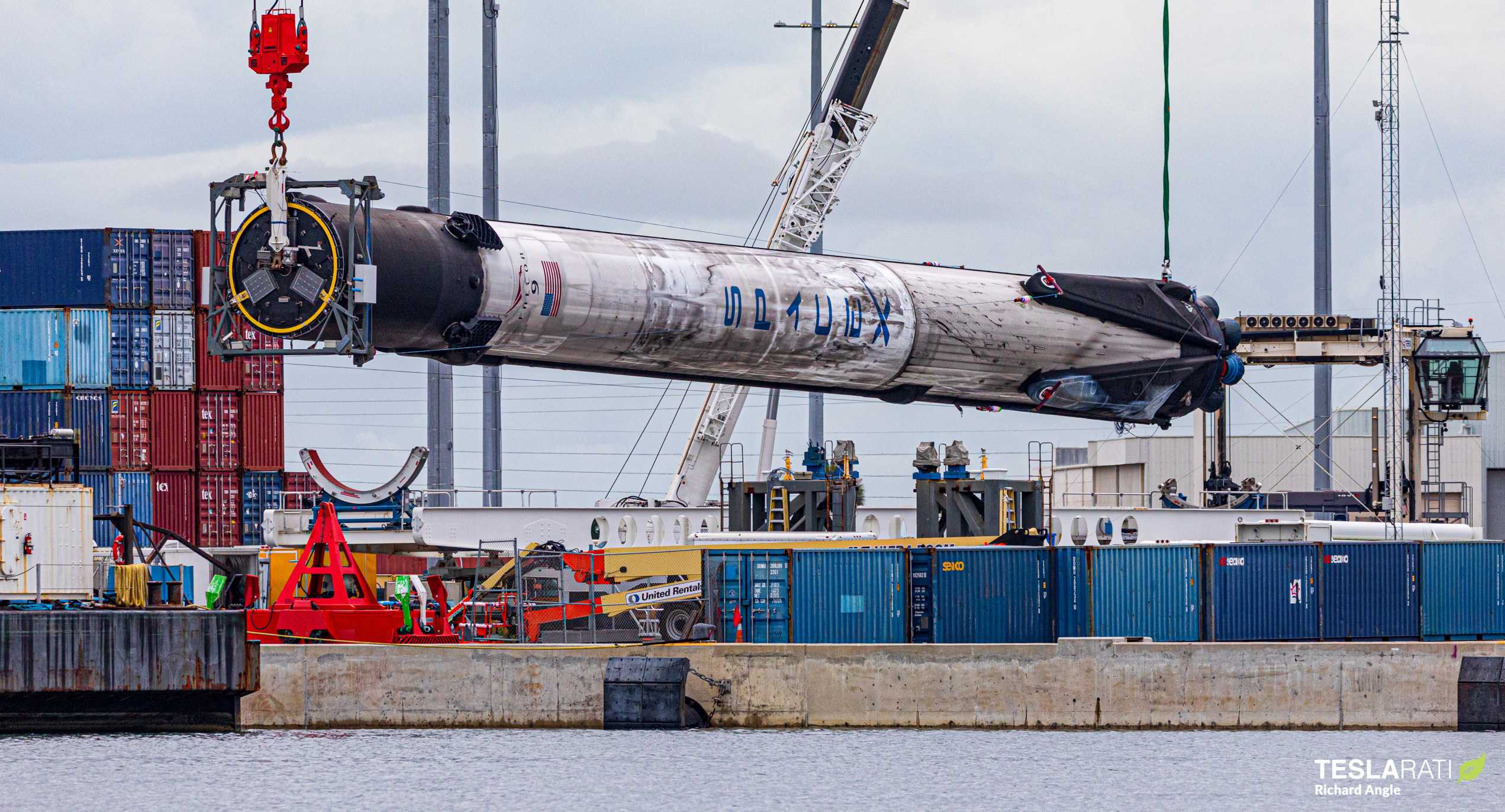
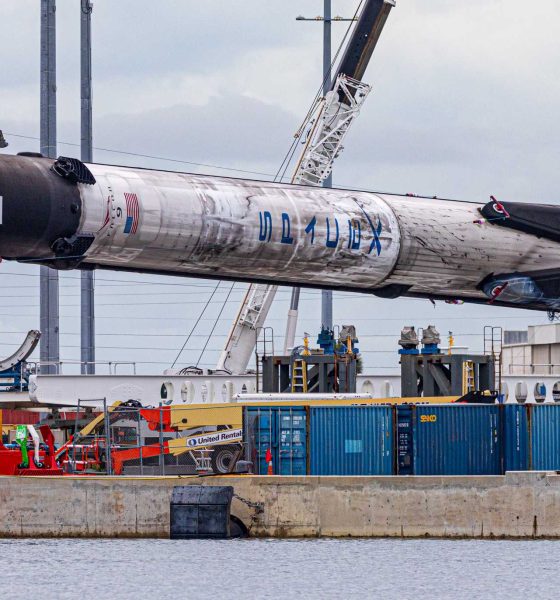
News
SpaceX fires up Falcon 9 rockets hours apart for back to back launches
SpaceX has fired up two separate Falcon 9 rockets at two separate Florida launch pads in less than 16 hours ahead of back to back launches for Starlink and the US military.
Around 6:30 pm local on June 24th, SpaceX successfully static fired Falcon 9 B1051 as one of the last steps before the booster’s fifth launch, making it the third SpaceX rocket to reach that five-flight milestone in just three months. B1051.4 just narrowly missed SpaceX’s booster turnaround record, falling just a few days short of the current 62-day record after some minor delays. Originally scheduled to launch as early as June 22nd, the ninth batch of Starlink v1.0 satellites (Starlink V1 L9 or Starlink-9) is now scheduled to launch no earlier than (NET) 4:18 pm EDT (20:18 UTC) on Friday, June 26th.
A little over fifteen hours after B1051’s – apparently – successful static fire (there was no SpaceX tweet confirmation for the first time ever) at Kennedy Space Center Launch Complex 39A (Pad 39A), new Falcon 9 booster B1060 performed its own ignition test at SpaceX’s separate Cape Canaveral Air Force Station (CCAFS) LC-40 pad. SpaceX confirmed that that static fire was successful, putting the new Falcon 9 rocket on track to launch the US military’s third upgraded GPS satellite (GPS III SV03) no earlier than (NET) 3:56 pm EDT (19:56 UTC) on Tuesday, June 30th.
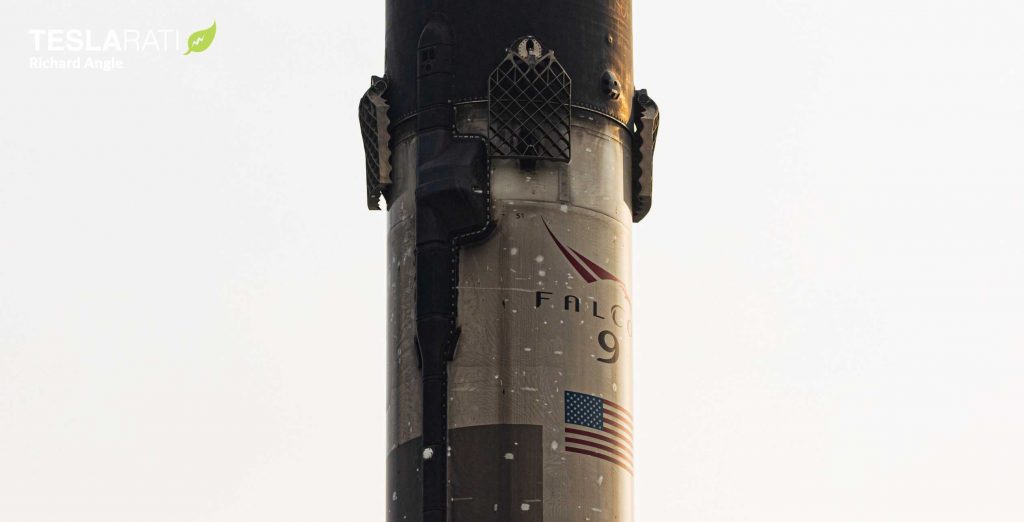
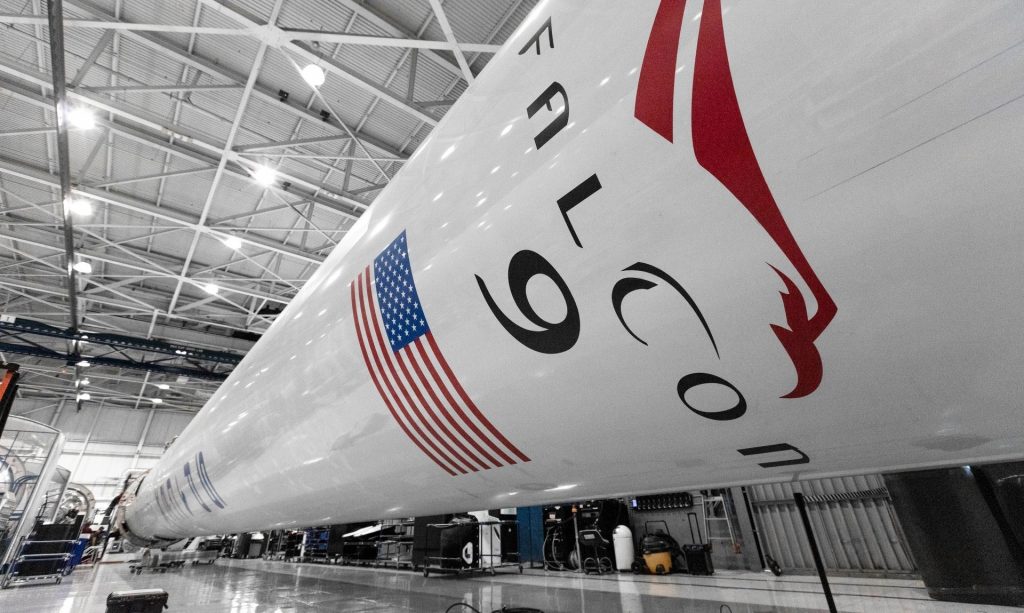
If SpaceX manages to complete both the Starlink-9 and GPS III SV03 missions on schedule, June 2020 will be the company’s first four-launch month ever. Even if the latter US military mission is delayed to July 3rd or 4th, SpaceX will still have technically completed four launches in a month’s worth of days (30-31). Normally, the odds of the second in a pair of back-to-back launches being delayed would be quite high, given that any delay to the first mission would inherently roll over onto the follow-up. For SpaceX, that likelihood is more than doubled because of the need for drone ship availability for booster recovery.
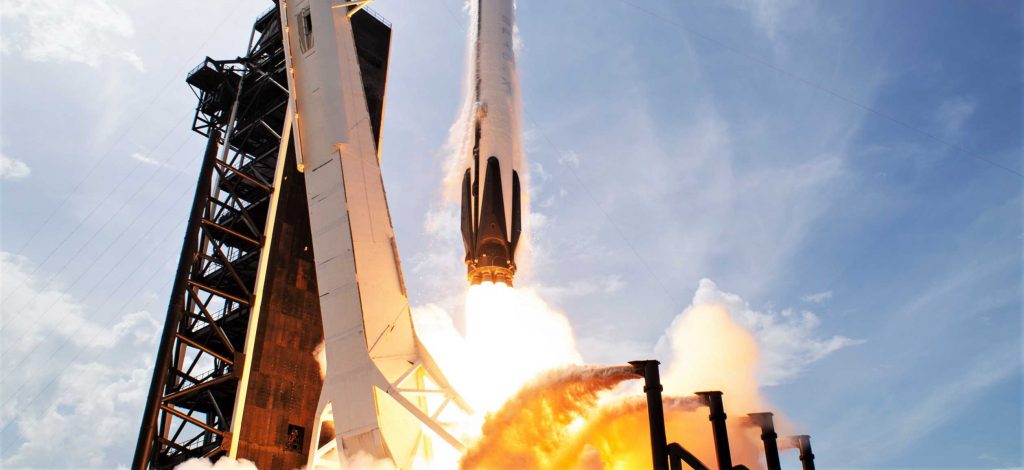
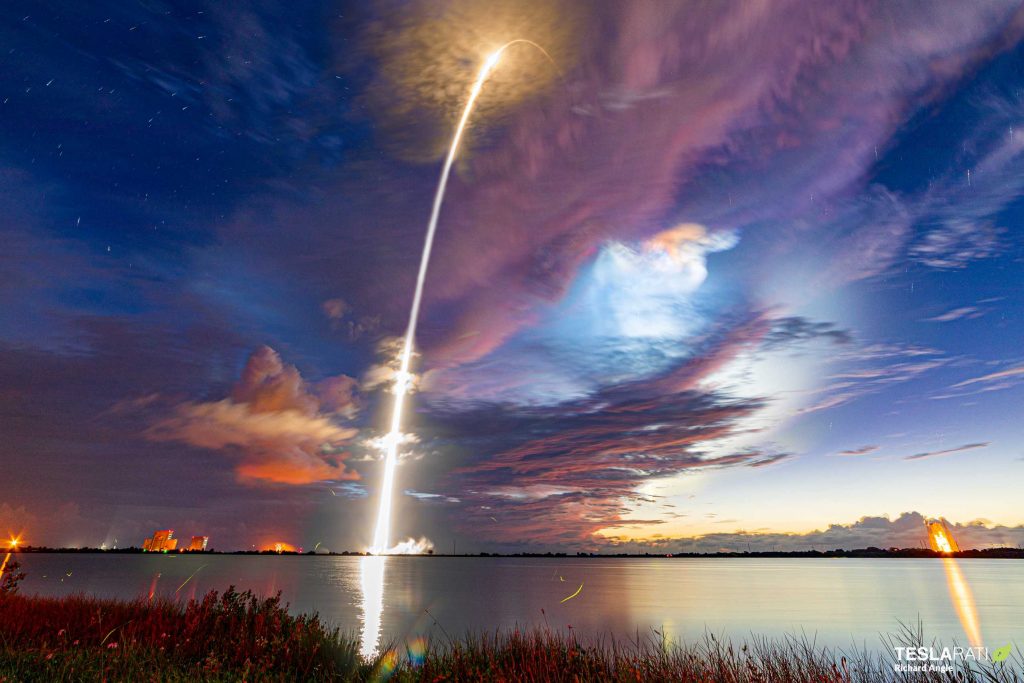
However, SpaceX debuted a second East Coast drone ship – Just Read The Instructions (JRTI) on June 3rd, complimenting drone ship Of Course I Still Love You (OCISLY) to double the company’s sea recovery capacity on the East Coast. Formerly stationed at Port of Los Angeles to support SpaceX launches out of California, the West Coast manifest rapidly dried up and made drone ship JRTI’s move East all but inevitable.
On top of having a second drone ship available for booster recoveries just days or even hours apart, SpaceX also recently began pushing the limits of its East Coast launch capacity by performing launches just days apart from its two separate Florida pads. While the occasional back-to-back launch from LC-40 and Pad 39A isn’t unprecedented, SpaceX appears to be intent on sustaining launches from each pad every 10-20 days, give or take. As such, SpaceX’s Starlink-9 and GPS III SV03 missions will launch from separate pads and land on separate drone ships.
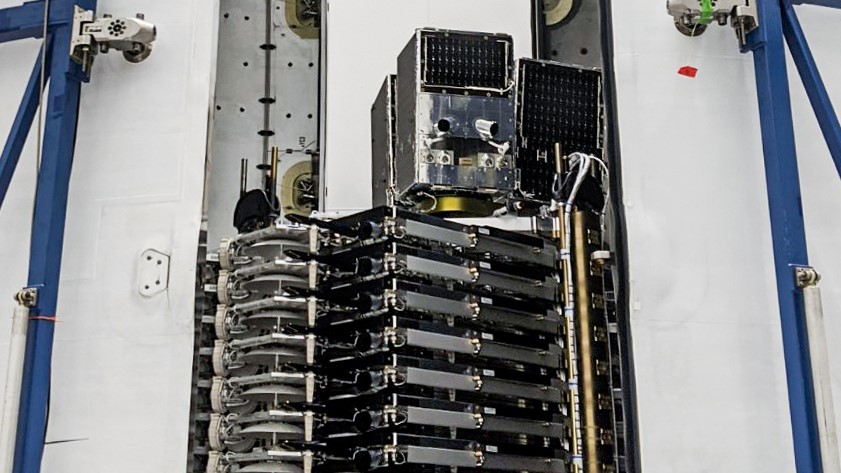
Cadence ambitions aside, Starlink-9 and GPS III SV03 are also significant missions for their own reasons. Up first, Starlink-9 will hopefully follow on the heels of SpaceX’s successful June 13th Starlink-8 launch to become the second Starlink rideshare mission, sending two BlackSky imaging satellites into orbit along with 57 Starlink v1.0 satellites. The fact that booster B1051 has nearly broken SpaceX’s rocket reuse turnaround record also suggests that the company is already confident in the flightworthiness of Falcon 9 boosters heading into their fifth launches.
Meanwhile, GPS III SV03 is special because – unlike SpaceX’s first GPS III SV01 launch in December 2018 – the US Air (Space) Force will allow Falcon 9 booster B1060 to attempt a drone ship landing. On SpaceX’s first GPS III launch, the USAF more or less arbitrarily limited Falcon 9’s available performance to leave extreme safety margins in the apparent event of one or more booster engines failing during launch. As a result, Falcon 9 B1054 became the first highly-reusable Block 5 booster to intentionally launch just once. For B1060, the booster will thankfully have a shot at recovery and a long and productive life of 5-10+ more launches. A successful landing could also give the US military its first shot at certifying and reusing a Falcon 9 booster on an operational military satellite launch.
Check out Teslarati’s Marketplace! We offer Tesla accessories, including for the Tesla Cybertruck and Tesla Model 3.

Elon Musk
Elon Musk and Tesla AI Director share insights after empty driver seat Robotaxi rides
The executives’ unoccupied tests hint at the rapid progress of Tesla’s unsupervised Robotaxi efforts.

Tesla CEO Elon Musk and AI Director Ashok Elluswamy celebrated Christmas Eve by sharing personal experiences with Robotaxi vehicles that had no safety monitor or occupant in the driver’s seat. Musk described the system’s “perfect driving” around Austin, while Elluswamy posted video from the back seat, calling it “an amazing experience.”
The executives’ unoccupied tests hint at the rapid progress of Tesla’s unsupervised Robotaxi efforts.
Elon and Ashok’s firsthand Robotaxi insights
Prior to Musk and the Tesla AI Director’s posts, sightings of unmanned Teslas navigating public roads were widely shared on social media. One such vehicle was spotted in Austin, Texas, which Elon Musk acknowleged by stating that “Testing is underway with no occupants in the car.”
Based on his Christmas Eve post, Musk seemed to have tested an unmanned Tesla himself. “A Tesla with no safety monitor in the car and me sitting in the passenger seat took me all around Austin on Sunday with perfect driving,” Musk wrote in his post.
Elluswamy responded with a 2-minute video showing himself in the rear of an unmanned Tesla. The video featured the vehicle’s empty front seats, as well as its smooth handling through real-world traffic. He captioned his video with the words, “It’s an amazing experience!”
Towards Unsupervised operations
During an xAI Hackathon earlier this month, Elon Musk mentioned that Tesla owed be removing Safety Monitors from its Robotaxis in Austin in just three weeks. “Unsupervised is pretty much solved at this point. So there will be Tesla Robotaxis operating in Austin with no one in them. Not even anyone in the passenger seat in about three weeks,” he said. Musk echoed similar estimates at the 2025 Annual Shareholder Meeting and the Q3 2025 earnings call.
Considering the insights that were posted Musk and Elluswamy, it does appear that Tesla is working hard towards operating its Robotaxis with no safety monitors. This is quite impressive considering that the service was launched just earlier this year.
Elon Musk
Starlink passes 9 million active customers just weeks after hitting 8 million
The milestone highlights the accelerating growth of Starlink, which has now been adding over 20,000 new users per day.

SpaceX’s Starlink satellite internet service has continued its rapid global expansion, surpassing 9 million active customers just weeks after crossing the 8 million mark.
The milestone highlights the accelerating growth of Starlink, which has now been adding over 20,000 new users per day.
9 million customers
In a post on X, SpaceX stated that Starlink now serves over 9 million active users across 155 countries, territories, and markets. The company reached 8 million customers in early November, meaning it added roughly 1 million subscribers in under seven weeks, or about 21,275 new users on average per day.
“Starlink is connecting more than 9M active customers with high-speed internet across 155 countries, territories, and many other markets,” Starlink wrote in a post on its official X account. SpaceX President Gwynne Shotwell also celebrated the milestone on X. “A huge thank you to all of our customers and congrats to the Starlink team for such an incredible product,” she wrote.
That growth rate reflects both rising demand for broadband in underserved regions and Starlink’s expanding satellite constellation, which now includes more than 9,000 low-Earth-orbit satellites designed to deliver high-speed, low-latency internet worldwide.
Starlink’s momentum
Starlink’s momentum has been building up. SpaceX reported 4.6 million Starlink customers in December 2024, followed by 7 million by August 2025, and 8 million customers in November. Independent data also suggests Starlink usage is rising sharply, with Cloudflare reporting that global web traffic from Starlink users more than doubled in 2025, as noted in an Insider report.
Starlink’s momentum is increasingly tied to SpaceX’s broader financial outlook. Elon Musk has said the satellite network is “by far” the company’s largest revenue driver, and reports suggest SpaceX may be positioning itself for an initial public offering as soon as next year, with valuations estimated as high as $1.5 trillion. Musk has also suggested in the past that Starlink could have its own IPO in the future.
News
NVIDIA Director of Robotics: Tesla FSD v14 is the first AI to pass the “Physical Turing Test”
After testing FSD v14, Fan stated that his experience with FSD felt magical at first, but it soon started to feel like a routine.

NVIDIA Director of Robotics Jim Fan has praised Tesla’s Full Self-Driving (Supervised) v14 as the first AI to pass what he described as a “Physical Turing Test.”
After testing FSD v14, Fan stated that his experience with FSD felt magical at first, but it soon started to feel like a routine. And just like smartphones today, removing it now would “actively hurt.”
Jim Fan’s hands-on FSD v14 impressions
Fan, a leading researcher in embodied AI who is currently solving Physical AI at NVIDIA and spearheading the company’s Project GR00T initiative, noted that he actually was late to the Tesla game. He was, however, one of the first to try out FSD v14.
“I was very late to own a Tesla but among the earliest to try out FSD v14. It’s perhaps the first time I experience an AI that passes the Physical Turing Test: after a long day at work, you press a button, lay back, and couldn’t tell if a neural net or a human drove you home,” Fan wrote in a post on X.
Fan added: “Despite knowing exactly how robot learning works, I still find it magical watching the steering wheel turn by itself. First it feels surreal, next it becomes routine. Then, like the smartphone, taking it away actively hurts. This is how humanity gets rewired and glued to god-like technologies.”
The Physical Turing Test
The original Turing Test was conceived by Alan Turing in 1950, and it was aimed at determining if a machine could exhibit behavior that is equivalent to or indistinguishable from a human. By focusing on text-based conversations, the original Turing Test set a high bar for natural language processing and machine learning.
This test has been passed by today’s large language models. However, the capability to converse in a humanlike manner is a completely different challenge from performing real-world problem-solving or physical interactions. Thus, Fan introduced the Physical Turing Test, which challenges AI systems to demonstrate intelligence through physical actions.
Based on Fan’s comments, Tesla has demonstrated these intelligent physical actions with FSD v14. Elon Musk agreed with the NVIDIA executive, stating in a post on X that with FSD v14, “you can sense the sentience maturing.” Musk also praised Tesla AI, calling it the best “real-world AI” today.








